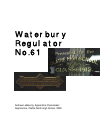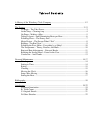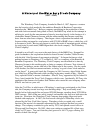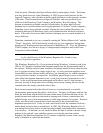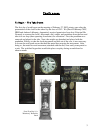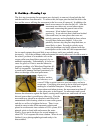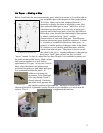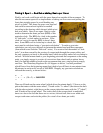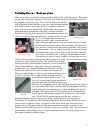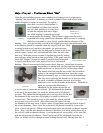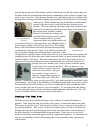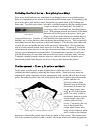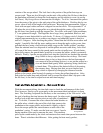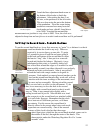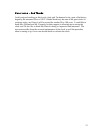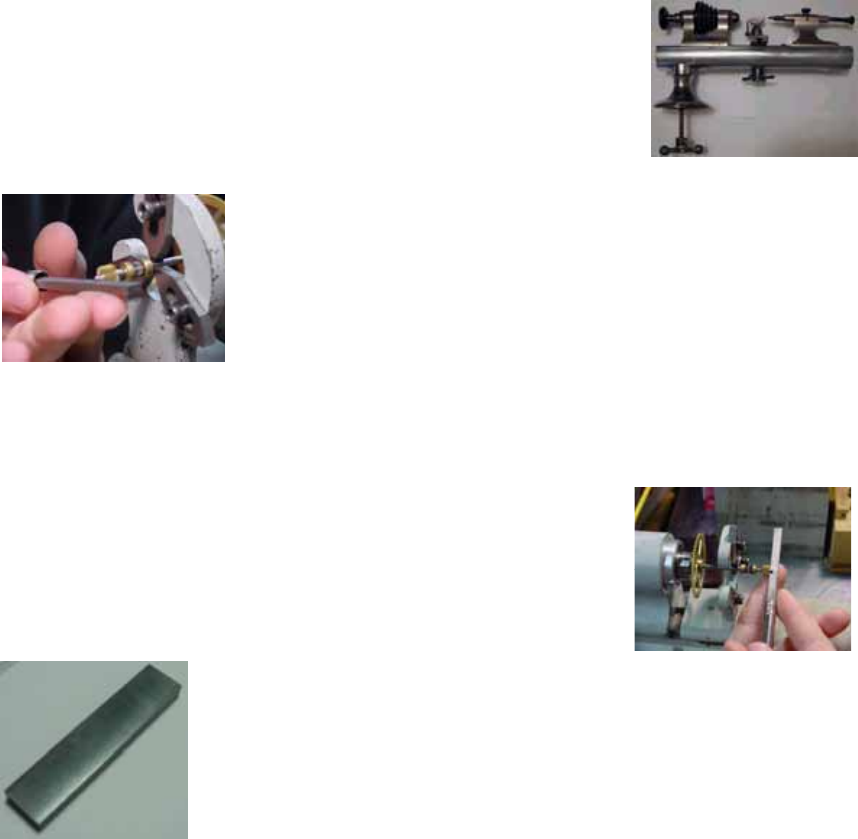
7
File
–
The First Ste
p
Polishing Pivots – The Dreary Part
Next, it was time to polish the bearing surfaces of the clock, called the pivots. The pivots
are the ends of the gears that turn in the plate, and if they’re not polished, the clock will
be sluggish and possibly stop. This is mostly due to the dirt that
will be trapped in the scratches on the pivot plus the high amount
of friction caused by the rough surface. In addition, the pivot
holes will wear more quickly into oblong holes causing gears to
mate improperly and perhaps come into a locking situation.
Needless to say, the pivots must be polished and clean before the
clock can achieve maximum efficiency, so that is what I set out to
do. To accomplish this, I used a tool
called a jeweler’s lathe, which holds the
shaft of the gear and turns it on its axis so that the pivot is spun
and can then be polished using a file, burnisher, and other tools.
First, the file is used to dress the surface uniformly, and remove
any deep gouges. Next, a cutting burnisher is used to lessen the
scratches further, and acts as a very smooth file and technically
isn’t really a burnisher at all. Finally, a true burnisher is used.
A burnisher is a piece of metal, usually very hard, that has very
small consistent ridges on the surface whose design is to “grab” the steel of the pivot and
stretch it to create a perfect polish. This must be done at high
speeds and with a good amount of pressure, yet not so much of
either to burn the steel. When done correctly, burnishing
produces not only a beautiful shine upon the pivot, but also
hardens the surface as the steel is worked and compressed.
There are several things to keep in mind when polishing a pivot
as well: it must be flat, straight, and the shoulder must be
perpendicular and polished as well. If it
isn’t flat, it could trap foreign materials in
the pivot hole and score both the pivot and
the hole. To straighten a pivot, one must heat it gently then chuck it
up in the lathe. This done, it can be carefully straightened until the
whole gear turns true upon the pivot. Once straightened it may be
polished. This entire process is the typical way to straighten and
polish a pivot, and must be repeated for all the pivots, two to each
gear. In all, I had to polish eight pivots this way, which is a
minimum number for most clocks, since many contain upwards of twenty pivots.
Fortunately for my patience, the Waterbury Regulators are time only, and have no extra
gears to drive a chime or strike. In regards to this clock, there were no terribly deep
gouges in any of the gears, however the main wheel had noticeable scratches on the
surface, and all of the pivots were scratched in one way or another. Since the steel was of
good hardness and quality, it was no surprise that there were no horrible gouges, but it
also made it harder to polish at times.
File from above
A Jeweler’s Lathe
A burnisher



